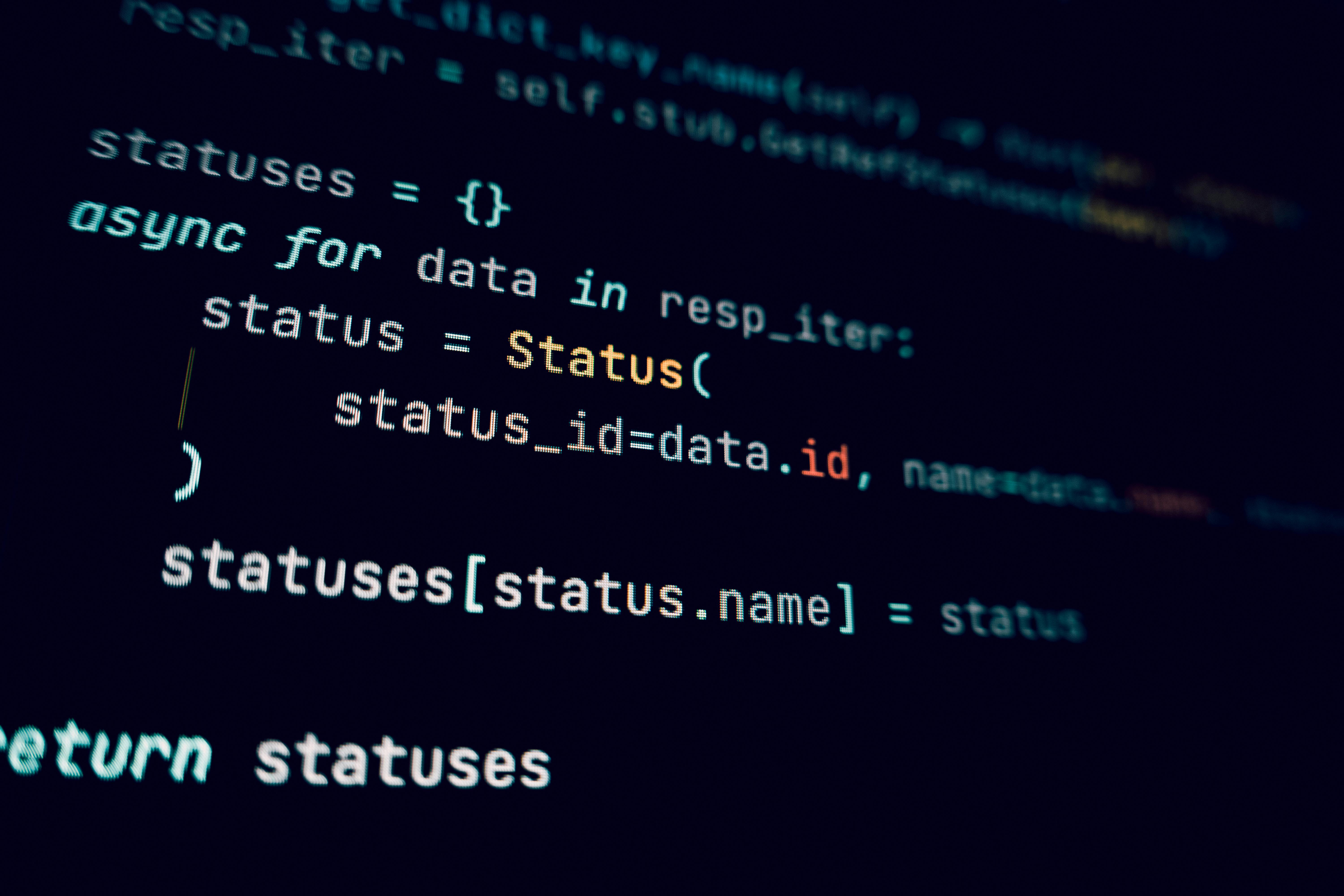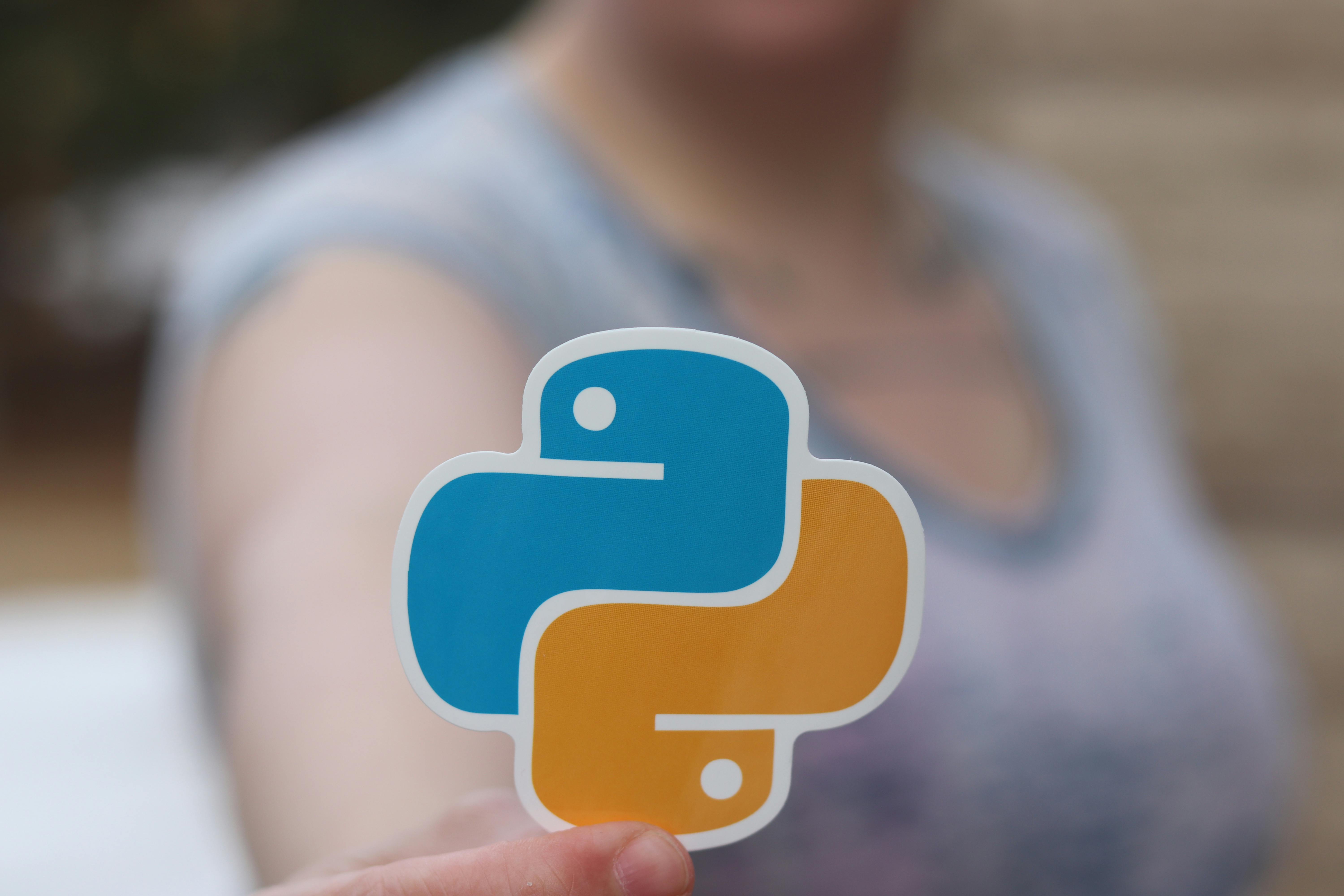Contro Flow In Python made easy 2025
🐍 Mastering Control Flow in Python: A Beginner’s Guide for 2025 🌟

🌟 What is Control Flow?
Control flow lets your Python code make decisions and repeat tasks, like choosing a game winner in a hackathon app or looping through user data. In 2025, with Python powering 30% of AI and web projects (per Stack Overflow), mastering control flow is essential for beginners building tools like Checkmate or VibeQuest. This guide covers conditionals, loops, and loop controls with practical examples to help you code confidently. Let’s get started! 🚀
🔑 4 Essential Control Flow Concepts
Master these concepts to write dynamic Python code for hackathons, apps, or automation:
1. Conditional Statements: Smart Decisions 🤔
What to Do: Use if, elif, and else to execute code based on conditions, like scoring a hackathon quiz.
Example: Grade a user’s quiz score:
score = int(input("Enter your quiz score: "))
if score >= 80:
print("Great job! You passed! 🎉")
elif score >= 50:
print("Not bad, but try again for a higher score.")
else:
print("Keep practicing! You’ll get there.")
How It Works: Evaluates
score >= 80, then score >= 50, else defaults to failure message.Tips for Success: Test with inputs like 90, 60, 40 in VS Code. Spend 1-2 hours practicing conditionals to handle edge cases.
Learn Conditionals 🚀

2. For Loops: Repeating Tasks 🔁
What to Do: Use for loops to iterate over lists or ranges, perfect for processing hackathon data like user scores.
Example: Greet team members for a hackathon app:
team = ["Alice", "Bob", "Charlie"]
for member in team:
print(f"Welcome, {member}! Ready for the hackathon?")
How It Works: Iterates through
team, printing a greeting for each member.Tips for Success: Experiment with
range(1, 6) for numbered loops. Practice in Jupyter Notebook for 1-2 hours to master lists.Learn For Loops 🚀

3. While Loops: Dynamic Repetition 🔄
What to Do: Use while loops to repeat tasks until a condition changes, ideal for user input in hackathon apps.
Example: Validate a login password:
password = ""
while password != "code2025":
password = input("Enter password: ")
if password == "code2025":
print("Access granted! 🚀")
else:
print("Incorrect. Try again.")
How It Works: Loops until
password equals “code2025.”Tips for Success: Ensure the condition updates to avoid infinite loops. Test in a Python REPL for 1 hour.
Learn While Loops 🚀

4. Loop Control: Break and Continue ⏹️
What to Do: Use break to exit loops and continue to skip iterations, optimizing code for hackathons.
Example: Limit valid inputs with a max attempt counter:
attempts = 0
for i in range(5):
user_input = input("Enter a number: ")
if not user_input.isdigit():
print("Invalid input, skipping.")
continue
attempts += 1
if attempts == 3:
print("Max attempts reached! 🚫")
break
print(f"Valid input: {user_input}")
How It Works: Skips non-numeric inputs with
continue, exits after 3 valid inputs with break.Tips for Success: Test edge cases (e.g., letters, empty inputs) in VS Code for 1-2 hours to perfect control flow.
Learn Break & Continue 🚀

🌟 Quick Tips for Control Flow Mastery
🧪 Test Incrementally
Run snippets in a REPL to debug quickly.
📝 Plan Conditions
Outline logic before coding to stay clear.
🚫 Prevent Infinite Loops
Always update while conditions.
🤝 Seek Community Help
Join Python Discord or Reddit for support.
⚠️ Common Control Flow Pitfalls
Avoid these traps to write clean, error-free Python code:
- 🛑 Infinite Loops: Forgetting to update
whileconditions (e.g., missing+= 1) can freeze your program. - ⏳ Indentation Errors: Use 4 spaces consistently; check VS Code settings to auto-indent.
- 📚 Logic Errors: Wrong
eliforder can skip conditions; test with edge cases (e.g., 0, negative numbers). - 🏅 Overcomplexity: Simplify nested conditions to improve readability and avoid bugs.
🚀 Conquer Control Flow in 2025!
Control flow powers dynamic Python programs, from hackathon apps like Checkmate to automation scripts. With conditionals, for loops, while loops, and break/continue, you’re ready to build smart, efficient code. Practice in VS Code or Jupyter, test edge cases, and join Python Discord for help. Dodge pitfalls like infinite loops, and you’ll code like a pro in no time. Start creating today! 🌟
© 2025 Tech-Checkmate | 🌐 Made with ❤️ for the coding revolution

.png)

Comments
Post a Comment